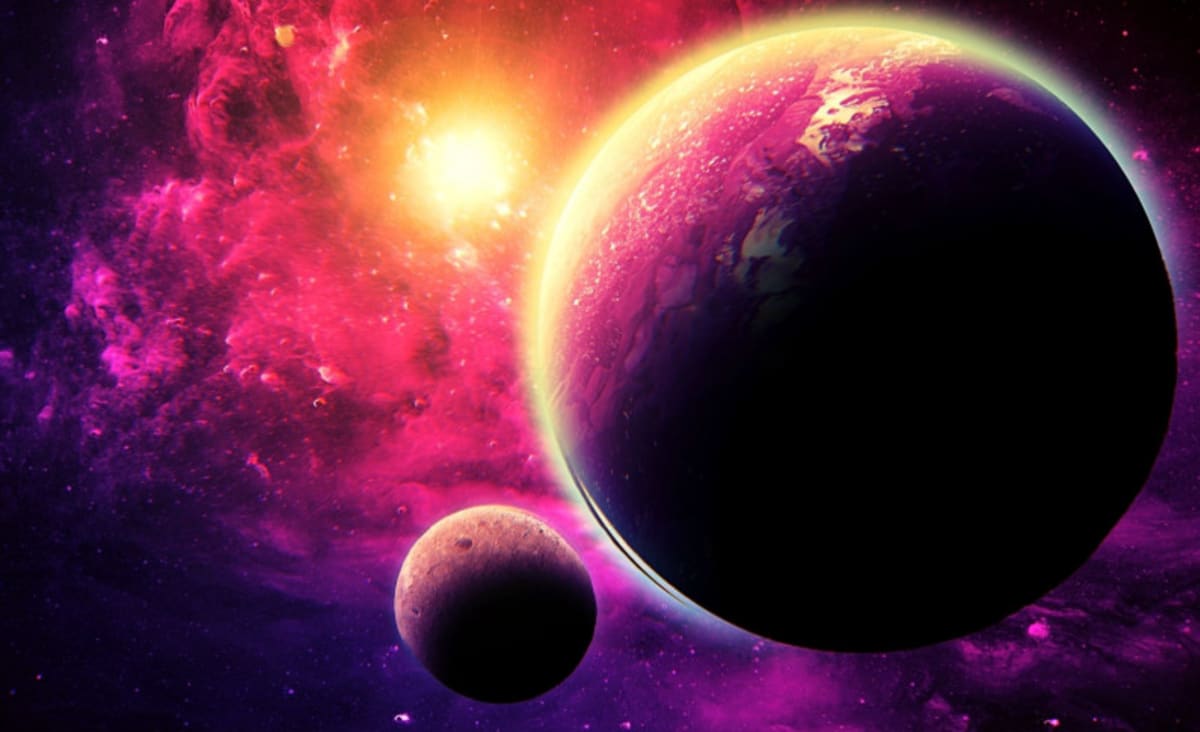
interestingengineering.com
An Advanced Alien 'Federation' Could Evolve in Globular Clusters
There may be a great abundance of habitable worlds in globular clusters! And if so, they could host an ancient and advanced alien 'federation'.
Science & Tech
We might be living in the wrong part of the galaxy.
Elsewhere in the Milky Way, vast groups of ancient star populations are packed into dense ellipsoid regions, called globular clusters. Within these tight-knit patches of stellar bodies, there are no new stars and no collapsing supernovae. But evidence indicates these regions may be abundant in planets.
And, if this is the case, any advanced alien civilizations that evolve inside globular clusters would have a definitive advantage when it comes time to form an interstellar society, since the distances between stars in these regions would be far smaller than the vast stretches of space seen in our galactic neighborhood.
And this could make interstellar communication and travel much easier, potentially moving a budding "alien federation" far ahead of rival civilizations "land-locked" on galactic disks (like ours), according to a recent study shared to a preprint server.
But don't pack your bags just yet. The very proximity of nearby solar systems could also spell doom for any thriving alien civilization inhabiting a planet inside a globular cluster.
Advanced aliens in globular clusters would have several distinct advantages
Globular clusters possess some of the most ancient solar systems found in the known universe. They can hold between 100,000 and 1 million stars inside of incredibly dense sphere-shaped regions, and the roughly 150 globular clusters in our Milky Way can be at least 10 billion years old, according to the study. In the study, the researchers considered the possibility that such ancient systems host planets capable of supporting not only intelligent life, but advanced civilizations. "Such civilizations would be immersed in stellar environments so dense that distances between stars could be as small as hundreds or thousands of au: thousands to hundreds of times smaller than typical interstellar distances in the Milky Way's disk, which is home to the sun," wrote the authors in their study.
The unit, "AU", literally means "astronomical unit," which refers to the distance from the Earth to the sun. It takes roughly eight minutes for light from our sun to reach us. Our nearest stellar neighbor, the Alpha Centauri system, is about four light-years away, meaning it takes roughly four years for its light to reach the Earth. Recent studies have suggested that there may be habitable planets there, and while these exoplanets probably don't host intelligent alien life, the prospect of settling any planets even in this closest neighboring solar system faces the seemingly insurmountable issue of interstellar communication, since anything we send to hypothetical settlers there wouldn't get a response for at least eight years (and vice-versa for settlers of the Alpha Centauri system).
























































